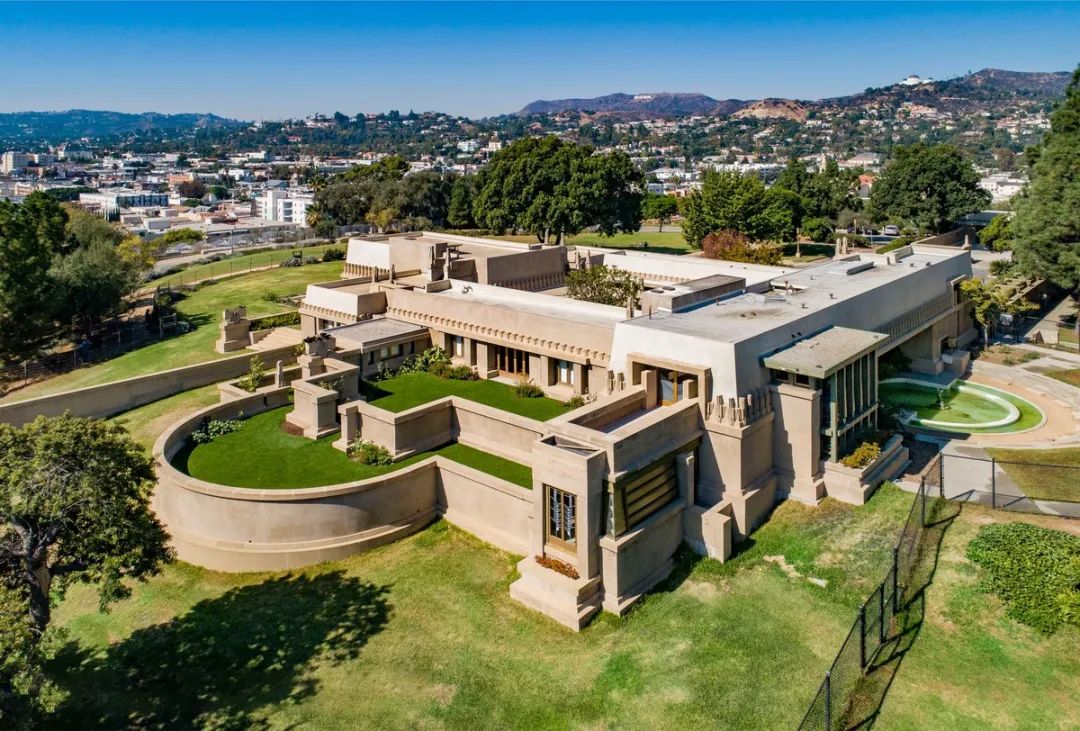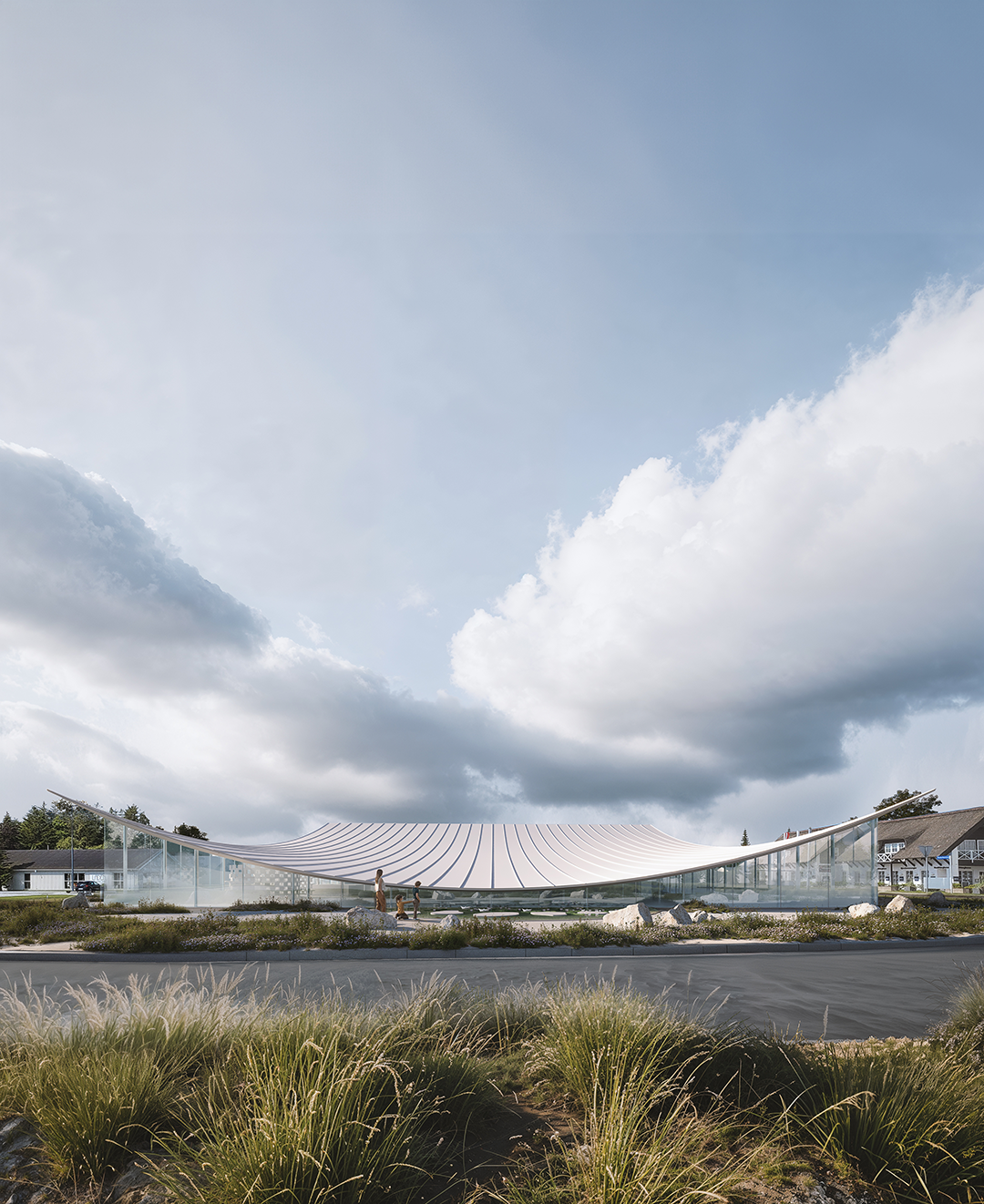* 主体类型
* 企业名称
* 信用代码
* 所在行业
* 企业规模
* 所在职位
* 姓名
* 所在行业
* 学历
* 工作性质
请先选择行业
您还可以选择以下福利:
行业福利,领完即止!

下载app免费领取会员



Building Energy Saving Retrofit in Liu Lian Primary School / FORWARD STUDIO. Image © Tianpei Zeng
气候改造的隐性碳成本
The Hidden Carbon Cost of Climate Retrofits
由专筑网王沛儒,小R编译
城市环境的不断演变需要建筑景观一起调整,改造则是让建筑适应和满足新需求的重要途径。在全球关注环境问题的大背景下,气候改造已经成为一种流行的策略,在提高运行效率的基础上对建筑进行升级。为了满足公众的愿景,伦敦再全市范围内进行了去碳化改造,虽然此类改造能显著降低能耗,但往往也会带来隐性成本--改造材料中的内含碳以及未来可能产生的浪费。
建筑改造通常侧重于两个主要方面:建筑结构和建筑服务。例如,温带气候地区的建筑可能会优先考虑通过改进隔热性能、双层或三层玻璃以及隔热门来减少热量损失。这些措施可以大幅减少建筑物的能源需求,从而降低运行过程中的碳排放量,减少居住者的取暖成本。
Evolving urban conditions call for an evolving builtscape, and retrofits have been a key mechanism to allow buildings to adapt and respond to new needs. Amidst global environmental concerns, climate retrofits have become a popular strategy to upgrade buildings based on improved operational efficiency. Global decarbonization plans have even called for city-wide retrofits, such as in the case of London, to meet civic goals. While such upgrades significantly reduce energy consumption, they often come with a hidden cost - embodied carbon in retrofit materials and the potential for future waste.
Building retrofits typically focus on two main areas: the building fabric and building services. For example, buildings in temperate climates may prioritize reduced heat loss through improved insulation, double or triple glazing, and insulated doors. Such measures can dramatically decrease a building's energy demand, leading to lower operational carbon emissions and reduced heating costs for occupants.

Timber Adaptive Reuse Theater / CO Adaptive. Image Courtesy of CO Adaptive Architecture
气候改造中使用的材料,如隔热材料和玻璃,往往因其自身的碳足迹而被忽视。这些材料在生产、运输和安装过程中产生的碳排放,在追求直接能效收益的过程中被忽略了。许多常见的改造材料寿命有限,而这些改造方案的使用寿命却很少被考虑,为了保持最佳能效,建筑可能需要频繁升级或更换改造组件,这就造成了浪费,随着部件的老化和需要定期更换而不断产生碳排放。
Materials used in climate retrofits, such as insulation and glazing, are often overlooked for their own carbon footprint. Embodied carbon from emissions associated with the production, transportation, and installation of these materials lose emphasis in the push for immediate energy efficiency gains. Many common retrofit materials have limited lifespans, and the longevity of these retrofit solutions is rarely considered. In the pursuit of maintaining optimal energy efficiency, buildings may require frequent upgrades or replacements of retrofit components. This leads to a legacy of waste and recurring embodied carbon as components degrade and require replacement.
Towards a Circular Approach

Copenhagen International School Nordhavn / C.F. Møller. Image © Adam Mørk
为了应对这个挑战,专家们呼吁将循环经济原则纳入气候改造实践,这种策略的目的是循环尽可能长时间地保持材料的最高价值,优先考虑再利用和再制造,而不是回收或处置。在建筑改造方面,这可能导致设计解决方案能够在不损坏周围材料的情况下轻松更换隔热材料,或者开发可以就地再制造而非需要完全更换的系统。这些程序能够减少浪费,同时最大限度地减少与重复改造相关的常规碳排量。
考虑建筑的整个生命周期是建筑改造循环方法的核心,建筑师应该倾向于采用易于拆卸和重新组装的解决方案,使用耐用或易于回收的材料。通过模块化系统实现组件的标准化,可以在后期进行升级和更换,不再需要大规模翻新。同样,可持续的性能监测对于确定需要改进的领域也至关重要,这些数据可以为组件更换提供决策依据,从而确保在建筑的整个延长使用期限内达到最佳效果。
To address this challenge, experts are calling for the integration of circular economy principles into climate retrofit practices. The circular economy aims to keep materials at their highest value for as long as possible, prioritizing reuse and remanufacturing over recycling or disposal. In the context of building retrofits, this could result in design solutions that allow for easy replacement of insulation without damaging surrounding materials, or developing systems that can be remanufactured in situ rather than fully replaced. Such procedures would help reduce waste while minimizing the regular embodied carbon associated with repeated retrofits.
The consideration of the total lifecycle of the building lies at the heart of a circular approach to building retrofits. Architects should lean towards solutions that are easily dismantled and reassembled, and the use of durable or readily recyclable materials. Standardizing components through modular systems allows for future upgrades and replacements without major renovations. Similarly, ongoing performance monitoring becomes essential to identify areas for improvement. This data can then inform decisions about component replacements, ensuring optimal efficiency throughout the building's extended lifespan.

Despite its environmental provisions, ZeroHouse also places an emphasis on user-friendly design. Image Courtesy of Snøhetta and Plompmozes

Retrofit Brigadeiro / Coletivo de Arquitetos. Image © Max Fahrer
尽管循环改造为实现更可持续的建筑环境带来了巨大的希望,但在广泛采用循环改造的过程中仍存在一些障碍。其中一个关键因素是专业人士,这个过程需要一支受过新安装技术、解构和材料回收培训的高技能劳动力队伍,整个行业需要被灌输一种拆卸而非拆除的思想。
转型需要延伸到建筑工地以外,需要支持改装部件的再制造和再循环,就必须发展可执行的供应链。这可能需要在建筑行业内设立全新的专业职位,在整个建筑生命周期内促进更多的循环方法。
对业主和建筑管理者进行教育,有助于落实政府的政策和法规,坚持循环改造原则。虽然循环改造的前期成本可能较高,但它们却能提供卓越的长期价值。优先考虑循环性的支持性激励措施、法规和更新的建筑标准有助于共同应对这些挑战。
While circular retrofits hold immense promise for a more sustainable built environment, certain roadblocks stand in the way of their widespread adoption. A crucial factor is the need for an upskilled workforce with training in new installation techniques, deconstruction, and material recovery. The industry as a whole need to be instilled with a mindset of disassembly rather than demolition.
The transformation needs to extend beyond construction sites. The development of performative supply chains is important to support the remanufacturing and recycling of retrofit components. This may involve the creation of entirely new specialist roles within the construction sector, fostering a more circular approach throughout the entire building lifecycle.
Educating homeowners and building managers will help operationalize any policies and regulations from governments to uphold circular retrofit principles. While circular retrofits may have higher upfront costs, they offer superior long-term value. Supportive incentives, regulations, and updated building standards that prioritize circularity can help address these challenges collaboratively.

LETI's retrofit process. Image Courtesy of LETI

An array of features include PV cells, a heat pump, window shrouds and a solar vent. Image Courtesy of Snøhetta
实施循环改造的紧迫性怎么强调都不为过。据估计,英格兰就有约 30 亿平方米的墙体需要隔热处理,如果采用传统方法,可能会产生 3 亿立方米的保温材料,最终需要进行报废处理。如果不采用循环方法,这么多的材料很可能最终被填埋或焚化,造成资源的严重浪费,除此之外,这也是未来碳排放的主要来源。
向循环改造过渡需要整个建筑行业的合作,从建筑师和工程师到制造商和安装商,还需要支持性的政策框架和创新的融资模式。循环改造为减少运营中的碳排放和隐性碳成本提供了一条途径,使未来几十年的建筑都能经得起考验。
The urgency of implementing circular retrofits cannot be overstated. In England alone, it's estimated that a wall area of approximately 3 billion square meters requires insulation. If this is done using traditional methods, it could result in 300 million cubic meters of insulation material that will eventually require end-of-life processing. Without circular approaches, this massive volume of material is likely to end up in landfills or incinerators, representing a significant waste of resources and a major source of future emissions.
The transition to circular retrofits will require collaboration across the entire construction industry, from architects and engineers to manufacturers and installers. It will also necessitate supportive policy frameworks and innovative financing models. Circular retrofits offer a path to reduced operational carbon emissions and hidden carbon costs, enabling future-proofed buildings for decades to come.

Building Energy Saving Retrofit in Liu Lian Primary School / FORWARD STUDIO. Image © Tianpei Zeng
本文版权归腿腿教学网及原创作者所有,未经授权,谢绝转载。

上一篇:建筑赏析|模型是建筑生的一封情书







































